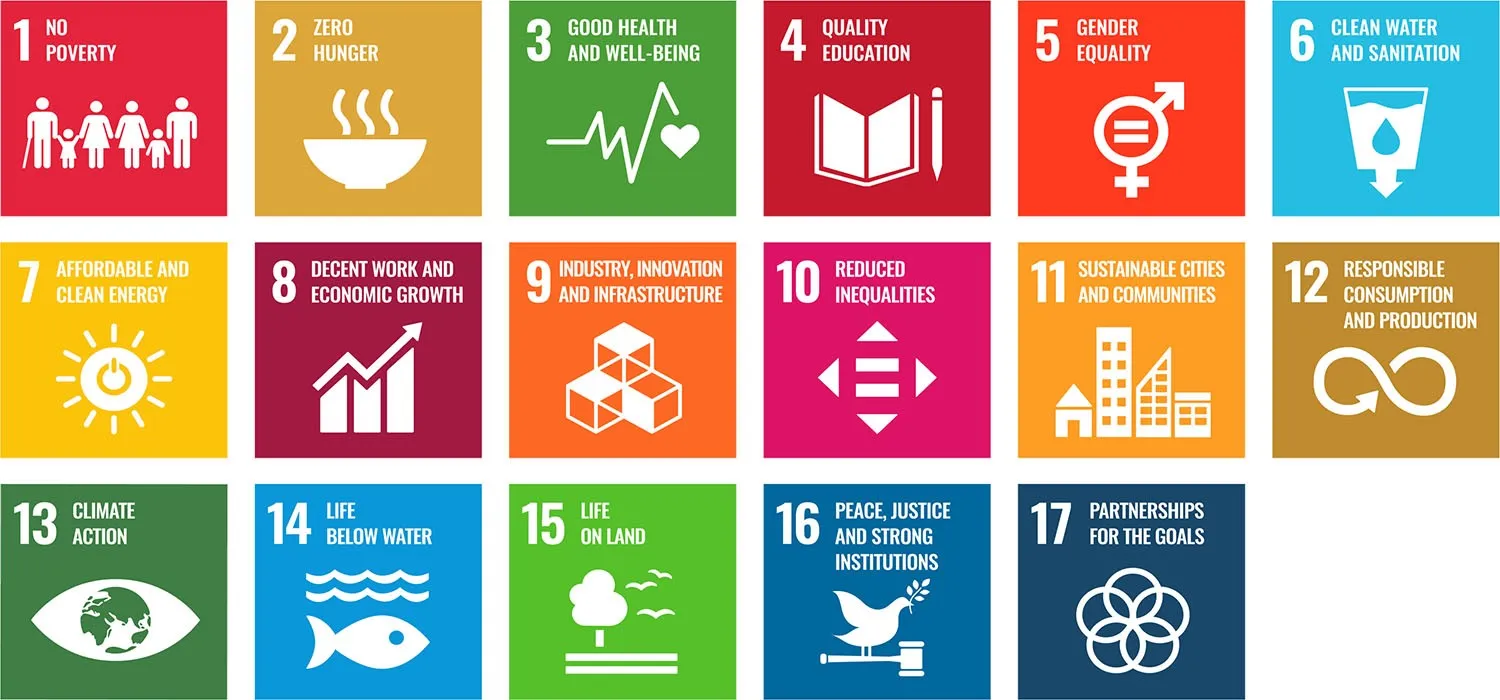Found 469 results
Open Access
Article
10 June 2025Influence of Surface Waves—Von Karman Street Interaction on Bottom Sediments Transport in the Vicinity of a Wind Turbine Mast: Experimental and Theoretical Study
Cylindrical structures used in offshore energy production systems are subjected to various stresses and loads (waves and currents). Understanding the interactions between these cylindrical structures and bedforms is critical, as rapid changes in the bathymetry can expose and damage pile foundations and cables. The impact of a vertical cylinder on a sandy sedimentary bottom subjected to hydrodynamic currents and surface waves is experimentally and theoretically studied. Tests were carried out at the wave flume where patterns are produced. It is observed that patterns emerge due to a subcritical instability at the water-sand interface at the bottom. The characteristics of these patterns can be explained using the Swift-Hohenberg equation. Finally, the experimental results will be applied to the numerical model using the Swift-Hohenberg equation.
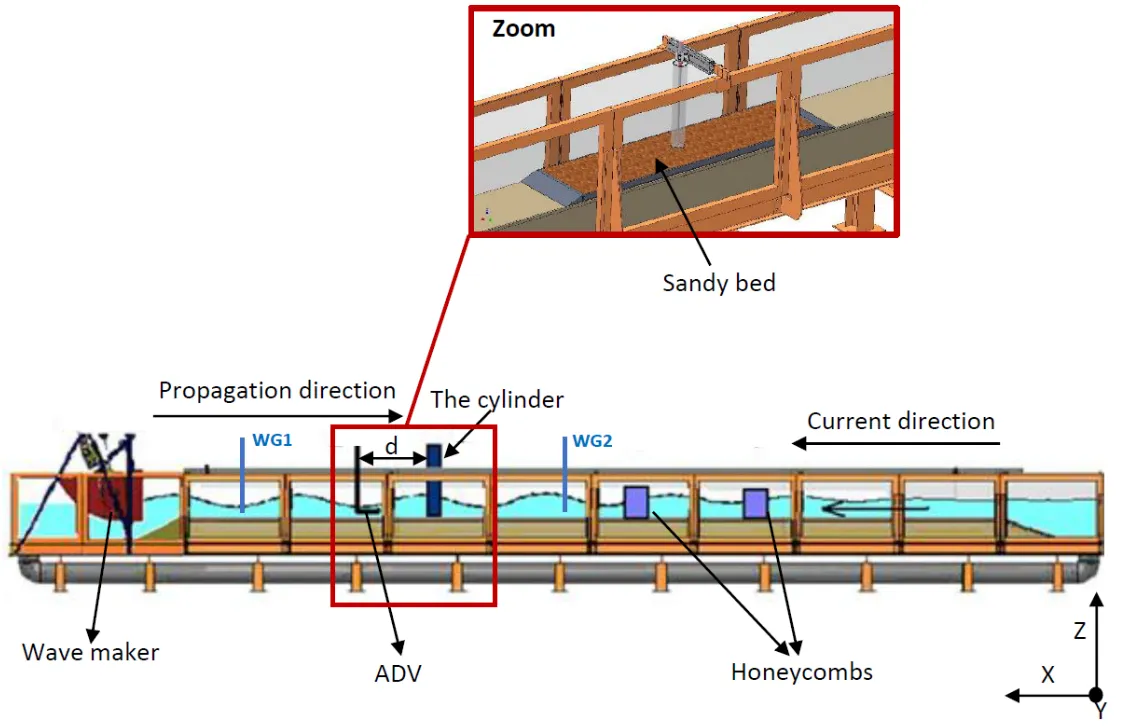
Open Access
Case Report
09 June 2025Acute Myocardial Infarction with Multiple Giant Coronary Artery Aneurysms in a Juvenile with Kawasaki Disease
Coronary artery aneurysm (CAA), the most risky late complication of Kawasaki disease (KD), is associated with severe adverse cardiac events, such as acute myocardial infarction (AMI), in young patients. Herein, we describe a 16-year-old boy who suffered from occasional angina attack after a recent myocardial infarction due to multiple giant CAAs during the asymptomatic period of KD. Coronary angiography (CAG) revealed multiple large CAAs of about 9 mm in diameter at the left anterior descending artery (LAD) and more than 12 mm at the left circumflex coronary artery (LCX). To optimize the management and reduce the morbidity and mortality of giant CAAs, it is imperative to consider antecedent KD at the earliest possible stage, particularly in young patients with angina pectoris or AMI but lacking traditional risk factors for atherosclerosis. Long-term follow-up with an electrocardiogram (ECG), echocardiogram, or coronary computed tomography angiography (CCTA) is essential and should not be overlooked. In addition, this case highlights the great significance of working out a more comprehensive and effective management strategy for such KD juveniles, including drugs, percutaneous coronary intervention (PCI) or even surgery.

Open Access
Article
06 June 2025Effects of Changing the Specific Surface Area in the Ceramic Matrix of CAC-Containing Refractory Castables on the Initial Stiffening and Setting Behaviour
Besides the coarse and medium grain size distribution, the matrix components play a central role in the performance of refractory castables. Practical experience shows that the particle size distribution (PSD) and the specific surface area of the ceramic matrix significantly influence processing, setting, and sintering behaviour. However, there is a lack of systematic studies on how PSD or specific surface area changes affect castable properties. This study aims to address this gap by varying ceramic matrices to create refractory model castables with different matrix surface areas. Three dispersing agents with different mechanisms (electrosteric and steric) were used at graded concentrations. Results show that castables with higher specific surface areas (using (very) finely ground and highly sintered alumina raw materials with high specific surface areas) and different dispersing agents and their concentrations show substantial differences in the initial stiffening and setting behaviour. Higher specific surface areas of the matrix result in an earlier first stiffening, while adding more dispersing agents leads to delayed stiffening. The refractory model castables’ first stiffening and hydration range (with a simultaneous temperature maximum) vary considerably depending on the dispersing agent used and its concentration, caused by completely different mechanisms.
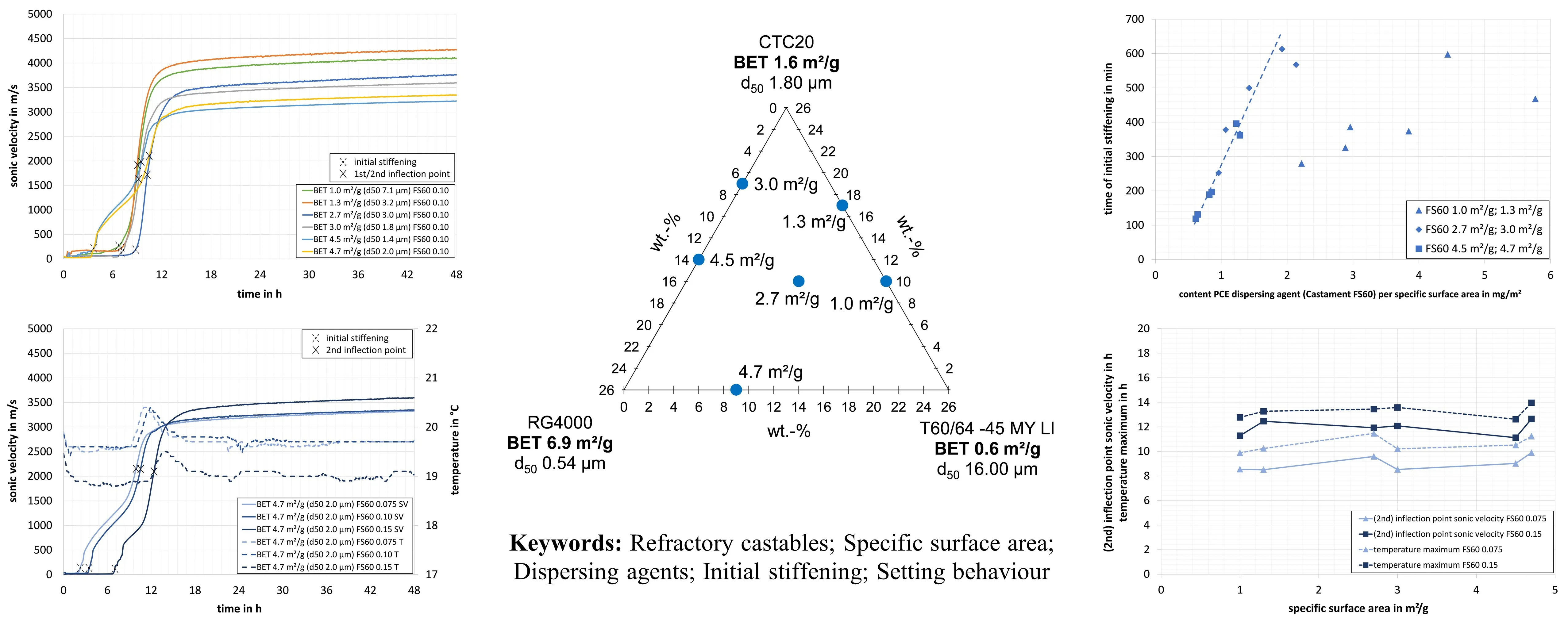
Open Access
Communication
06 June 2025Preparation and Characterization of Dibenzyldieneacetone Loaded Microparticles for Therapeutic Purposes
Among the known chalcones, dibenzyldieneacetone is an organic molecule that was synthesized in this study and encapsulated into the Ethyl cellulose matrix by solvent evaporation technique. Microencapsulation aims to shield the core material from environmental influences (like light, humidity, temperature, and oxygen), extend its shelf life, and enhance the product’s quality. The microsphere size distribution was determined using an optical microscope. The synthesis product, as well as the particles, were characterized by ultraviolet-visible, infrared, and XRD. This study allowed us to identify particle morphology, encapsulation rate, and particle size distribution.

Open Access
Article
05 June 2025Enhancing Product Development Excellence through Quality Management Tools: A Comprehensive Review and Integrated Conceptual Framework
In today’s rapidly evolving and highly competitive global markets, achieving product development excellence is critical for organizations striving for sustained growth and customer-centric innovation. This study highlights the integral role of key quality management tools in enhancing product development processes, reducing defects, and driving continuous improvement. It presents a robust methodology that strategically combines Quality Function Deployment (QFD), Failure Mode and Effects Analysis (FMEA), and the DMAIC (Define, Measure, Analyze, Improve, Control) framework to significantly improve the quality, reliability, and efficiency of product development efforts. Built on core principles of customer-centricity, innovation, cross-functional collaboration, continuous improvement, and risk-based thinking, the methodology emphasizes capturing the Voice of the Customer (VoC) and identifying Critical-to-Quality (CTQ) attributes to align product outcomes with customer expectations and business objectives. Utilizing the DMAIC framework, the organization systematically drives process optimization and innovation throughout the product lifecycle Key Performance Indicators (KPIs) are established to track efficiency, quality, customer satisfaction, and time-to-market, while Agile methodologies enhance flexibility, speed, and responsiveness. The study further identifies organizational, technical, cultural, and managerial barriers to product development excellence and proposes targeted strategies to address them and ensure sustainable success. This integrated framework fosters a culture of innovation and continuous learning, enabling organizations to anticipate challenges, manage risks, and consistently deliver superior product development outcomes. While currently conceptual, the framework is slated for empirical validation through case studies, pilot projects, and simulations to verify its practical applicability across diverse development contexts.

Open Access
Article
03 June 2025Ecosystem Service Importance, Contributions, and Trends: Perspectives from Farmers in the Mountains of Nepal
Understanding farmers’ perceptions of local ecosystem services is crucial for developing effective ecosystem management strategies and policy interventions to improve the overall welfare of residents. Although there is widespread recognition of the linkages between ecosystem services and human well-being, empirical studies examining farmers’ perceptions and contributions to local ecosystem services, particularly at the micro level in mountainous regions, remain limited. To address these knowledge gaps, we conducted an empirical study employing focus group discussions (n = 6), key informant interviews (n = 12), and household surveys (n = 370) in Mid-Marsyangdi watershed, Lamjung, Nepal. The study revealed that farmers perceive high dependency on regulating followed by provisioning, supporting, and cultural ecosystem services such as freshwater, nutrient cycling, water regulation and purification, timber production, livestock fodder, and natural hazard regulation. Their contributions are notably high in managing freshwater, nutrient cycling, and timber production. Farmers’ practices like forest conservation, agroforestry, inter-cropping, terracing, terrace improvement, multi-year cropping, and organic composting enhance ecosystem services. A significant discrepancy exists between perceived importance and actual contribution, particularly in water regulation, purification, and wild edible food, highlighting areas needing greater attention. The study showed a significant difference (p < 0.001) between perceived importance and contribution across all ecosystem services, with perceived importance consistently higher. Further, a study showed the influence of socio-demographic variables on the farmers’ perception. These findings can inform more effective policy-making for farmer welfare, mountain development, and environmental management.

Open Access
Article
29 May 2025Hydrodynamic Performance and Energy Capture Characteristics of a Floating Inner Rotor Wave Energy Device
The development of efficient wave energy converters (WECs) is essential for harnessing marine renewable energy, particularly in regions with low wave energy flux. This study investigates a floating WEC with an internal eccentric rotor designed to enhance energy capture efficiency. The device consists of a floating body for wave energy absorption, an internal rotor for mechanical-to-hydraulic energy conversion, and a mooring system for stability. A numerical model was developed and validated against wave tank experiments, showing good agreement in peak values and amplitudes. Frequency-domain analysis examined the effects of structural parameters, draft, and center of gravity offset on hydrodynamic characteristics, while time-domain analysis evaluated the impact of rotor mass and power take-off (PTO) damping on energy capture. Multi-parameter optimization led to an improved structural design, increasing instantaneous power output by 150% and total power output by 108%. These findings provide a basis for further optimization of WECs in low-energy wave environments.
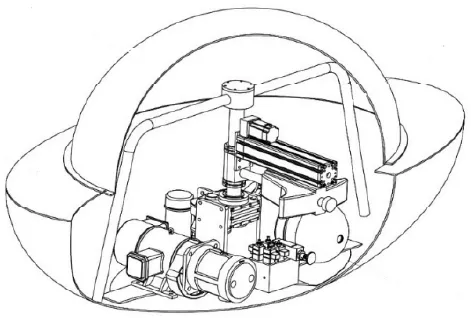
Open Access
Article
28 May 2025Mechanisms of Machine Vision Feature Recognition and Quality Prediction Models in Intelligent Production Line for Broiler Carcasses
With global broiler production reaching 103 million tons in 2024—a 1.5% increase over 2023—the poultry industry continues to grow rapidly. However, traditional broiler segmentation methods struggle to meet modern demands for speed, precision, and adaptability. First, this study proposes an improved lightweight image segmentation algorithm based on YOLOv8-seg and integrates the Segment Anything Model (SAM) for semi-automatic annotation, achieving precise mask segmentation of broiler parts. Subsequently, Key geometric features (e.g., area, perimeter, axes) were extracted using image processing techniques, with enhancements from HSV color transformation, convex hull optimization, and ellipse fitting. Furthermore, Image calibration was applied to convert pixel data to physical dimensions, enabling real-sample validation. Using these features, multiple regression models—including CNNs—were developed for carcass quality prediction. Finally, by analyzing the broiler segmentation process, machine vision techniques were effectively integrated with quality grading algorithms and applied to intelligent broiler segmentation production lines, providing technical support for the intelligent and efficient processing of poultry products. The improved YOLOv8-seg model achieved mAP@0.5:box scores of 99.2% and 99.4%, and the CNN model achieved R2 values of 0.974 (training) and 0.953 (validation). Compared to traditional systems, the intelligent broiler cutting line reduced failure rates by 11.38% and improved operational efficiency by over 3%, offering a reliable solution for automated poultry processing.
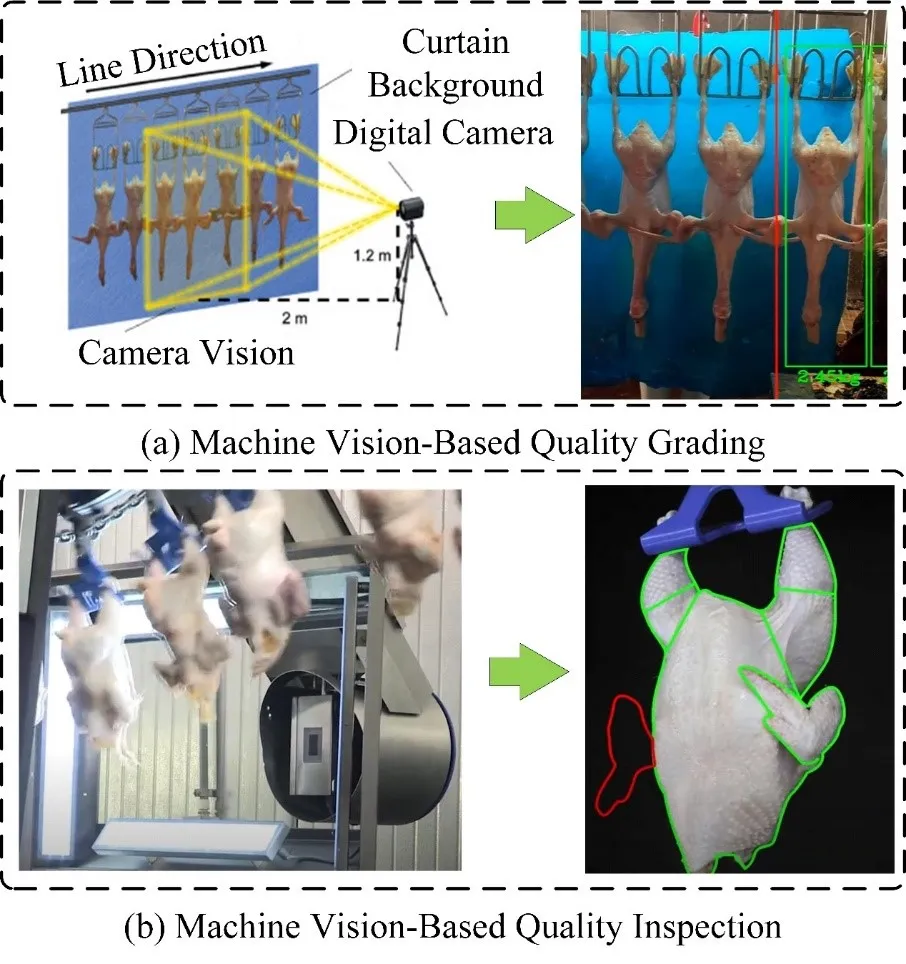
Open Access
Article
28 May 2025A Framework for Watershed Flood Resilience in the Context of Climate Change: Concept, Assessment, and Application
Extreme flooding events are increasing in frequency and severity due to climate change, challenging the effectiveness of traditional, infrastructure-centric flood management strategies. A key gap remains in the lack of spatially explicit and process-based frameworks for assessing and enhancing flood resilience at the watershed scale, which hinders the development of integrated and adaptive management solutions. This study proposes a conceptual framework for evaluating watershed flood resilience (WFR) by integrating resilience theory with the “source-flow-sink” paradigm from landscape ecology. It applies it to the post-disaster reconstruction of the Sishui River Basin following the 2021 Zhengzhou flood in China. The framework quantifies WFR through pre-event resistance capacity and intra-event adaptive capacity using hydrological modeling and loss curves. It systematically analyzes the effects of targeted interventions across source, flow, and sink areas. The results demonstrate that the proposed approach significantly improves WFR in the Sishui River Basin, with source interventions generally outperforming flow and sink interventions in the simulated cases, and compensatory effects observed among different intervention types. The findings confirm the operational feasibility and effectiveness of the proposed framework, including nature-based solutions and spatial planning in watershed management, which could provide support for future holistic and adaptive flood resilience strategies addressing climate change.
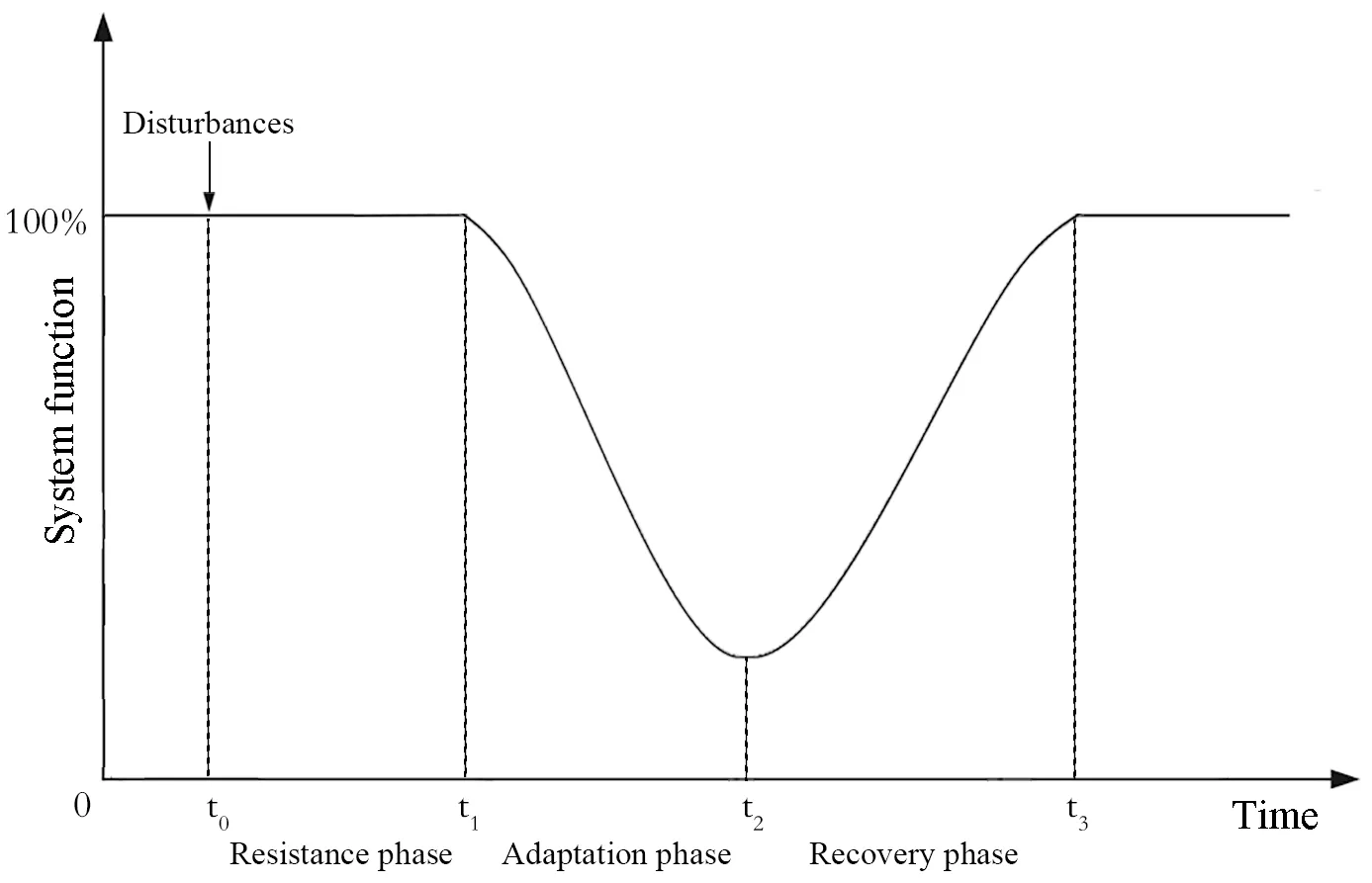
Open Access
Article
26 May 2025Towards Circular Sustainable Cities: Thoughts and Recommendations for Qatar
Despite the ambitious national visions, Qatar is facing many challenges regarding the notion of sustainability. In this context, a considerable emphasis has been placed on the notion of Circular Economy (CE) to address suitability issues. Despite such an emphasis, the actual implementation of CE notions is still facing several obstacles present in, but not limited to, the Qatari context, such as heavy reliance on landfilling, water scarcity, and a heavy reliance on the oil and gas sectors. Our contention is that CE is an important factor in the sustainability equation and works towards meeting Qatar’s vision of becoming an environmentally sustainable country. by using a qualitative approach, predominantly adopting case study, document and content analysis, this paper explores the notion of CE and its implementation in light of the Qatar National Vision 2030. the challenges facing CE implementation, such as resources, qualified personnel, access to technology, and coordination between different areas of the economy, should be of prime importance for policymakers in Qatar. in order to ensure a sustainable circular city model in Qatar, the challenges related to CE implementation must be addressed accordingly. To this end, the paper suggests several policy recommendations, including the provision of adequate resources and personnel, the use of clean technology to improve the environmental quality of economic activities, in addition to the provision of adequate support and funding for the development of sustainable economic practices. These solutions will help to ensure sustainable economic development based on the concept of CE.
